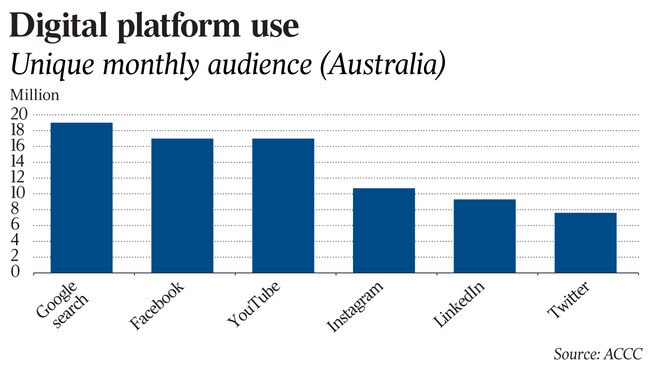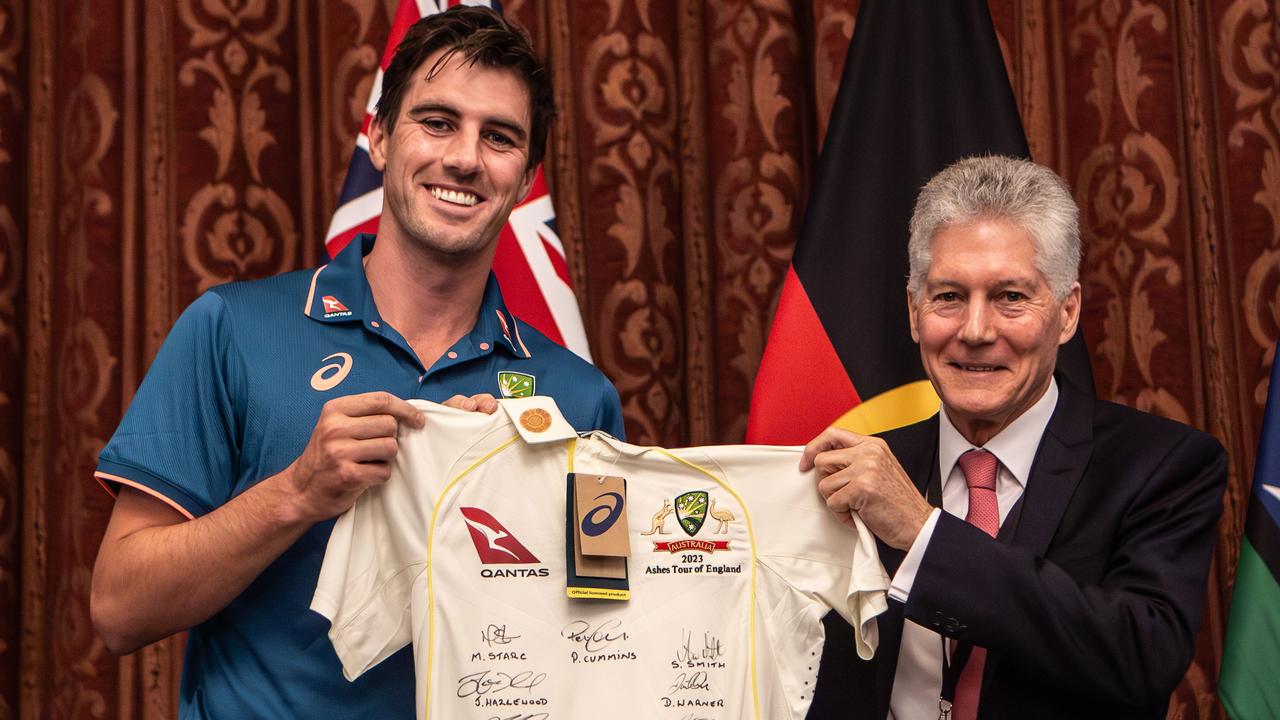Retail giants Coles, Woolies pull YouTube ads
Retail majors Coles and Woolworths and Commonwealth Bank have pulled advertising from YouTube.
Retail majors Coles and Woolworths and the nation’s biggest bank, Commonwealth, have pulled advertising from video-sharing platform YouTube, becoming the latest corporates to express concern about their brands appearing alongside inappropriate content.
The move comes as YouTube, which is owned by Google, was hit with a fresh controversy late last month after comments posted on videos with children were linked to predatory behaviour.
Coles halted advertising on YouTube last week but is continuing to review the matter, a company spokesman said. A spokesman for Woolworths said its “activity on the channel is currently paused”.
“We’ll continue to monitor the situation closely with our agency partners and Google,” the Woolworths spokesman said.
A CBA spokesman said: “We have suspended advertising on YouTube until this matter is fully investigated and resolved.”
Senior advertising executives have said Australian businesses were likely to follow the lead of the retailers and would probably divert marketing spending away from the platform.
Given the large number of videos that are uploaded on to YouTube each day, companies were nervous about the lack of controls over where their ads would appear, the advertisers said.
It is the latest in a string of controversies on the video-sharing site that have seen global brands halt advertising because of videos promoting extremist views.

“We are seeing more caution when it comes to YouTube,” James Collier, partner at media agency Bohemia, said.
YouTube offers a slightly different ad product to Facebook and other social channels, Mr Collier said.
“The major ad format within YouTube runs on top of user-generated content. Within Facebook, it runs next to the user-generated content. A subtle difference but one that can make all the difference if you’re a marketer,” he said.
The Australian retailers have followed the world’s biggest food and beverage company, Nestle, and video-game maker Epic Games, which suspended advertising on YouTube late last month. US-based video blogger Matt Watson exposed material on the site last month that was linked to predatory behaviour.
Mr Watson posted a video on YouTube on February 17 that highlighted a user comment group about videos featuring underage girls, including some that identified the time stamp where children appear in compromising positions, such as performing exercises or dancing. The Watson video said YouTube’s algorithm had recommended users view similar content.
Google held a call with major advertisers on February 20 to address implications and its efforts to eliminate comments that endanger kids. The tech site will disable all comments on videos featuring younger children and step up the monitoring of comments.
Explaining the change, YouTube chief executive Susan Wojcicki said: “Recently, there have been some deeply concerning incidents regarding child safety on YouTube. Nothing is more important to us than ensuring the safety of young people on the platform.”
GroupM Australia and New Zealand chief executive Mark Lollback said he was aware that some brands in Australia were diverting spending.
“While the affected spend is incredibly small and the impressions incredibly low — because of the highly sensitive subject — even one impression is too many,” Mr Lollback said
“This is a serious issue and we will continue to monitor the situation and are working incredibly closely with Google on this, locally and globally, over next steps and updates.”
The big challenge for companies was how to control where their ads were placed on YouTube, given the “ridiculous amounts of content uploaded every day” on to the site, said Ben Willee, general manager and media director of ad agency Spinach.
“Just because it’s the right eyeballs doesn’t necessarily mean that it delivers on the advertising objectives,” he said. “And what I mean by that, if you’ve got a really up-market brand, you don’t want to be next to a video of bogans doing burnouts.
“If I put a spot on a news program, I know exactly what I’m going to get. If I’m in a sport program, I know exactly what I’m going to get. But the big challenge for advertisers is understanding the environment their products are next to and if the medium reflects positively or negatively on the message they’re trying to deliver.
“That lack of control is something that really concerns advertisers, and it’s hamstringing YouTube’s ability to compete directly with TV networks and other premium publishers because advertisers are nervous.”
Bohemia’s Mr Collier said that as much as the market enjoys “pointing its finger squarely at YouTube”, some accountability must be taken by the agencies.
This includes the internal advertising departments and technologies that are being used to plan and buy across these channels.
“If we’re to solve this problem then it will take work from both YouTube, independent marketing technologies and agency/client buying teams,” Mr Collier said.




To join the conversation, please log in. Don't have an account? Register
Join the conversation, you are commenting as Logout